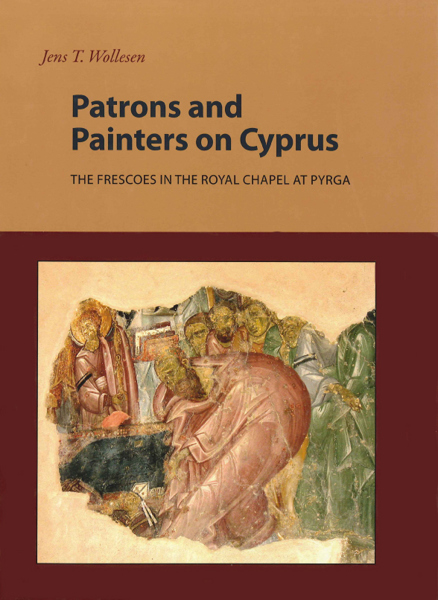
- Pages: 180 p.
- Size:215 x 280 mm
- Illustrations:48 b/w, 4 col.
- Language(s):English
- Publication Year:2010
- € 80,00 EXCL. VAT RETAIL PRICE
- ISBN: 978-0-88844-169-0
- Hardback
- Available
The choice of scenes (with French tituli) has no comprehensive model on Cyprus. Significant western additions and variations distinguish this Lusignan program from other indigenous Cypriot predecessors and contemporaries. The iconographical analysis shows that the workshop made use of earlier Palaiologan Constantinopolitan models, such as the Kariye Djami mosaics. The iconography and the emotional pathos of some scenes suggest an awareness of western, French source material, and in particular of Franciscan book illuminations, Psalters, Missals, and Books of Hours. If this revised dating is correct, the program of decoration is an outstanding testament to royal, specifically Lusignan, commission and represents the first and most faithful adoption and adaptation of Palaiologan models in Cyprus.



